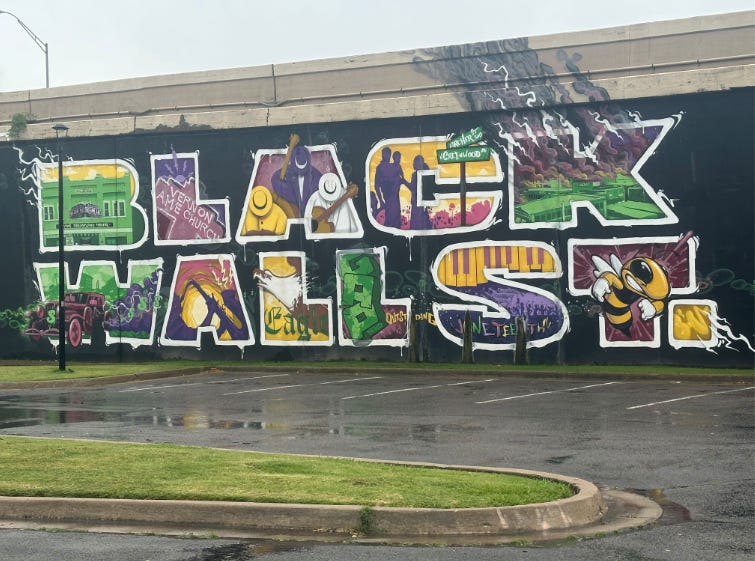I just finished a trip this week, by myself. You see, my idea of a great vacation is to go to library and museums and roam through their archives…not my wife’s idea of a good time. So as you can imagine, I do these trips alone.
But they aren’t without purpose. I’m currently researching information for a bo…
Keep reading with a 7-day free trial
Subscribe to Things We Don't Talk About Like Politics & Religion to keep reading this post and get 7 days of free access to the full post archives.




